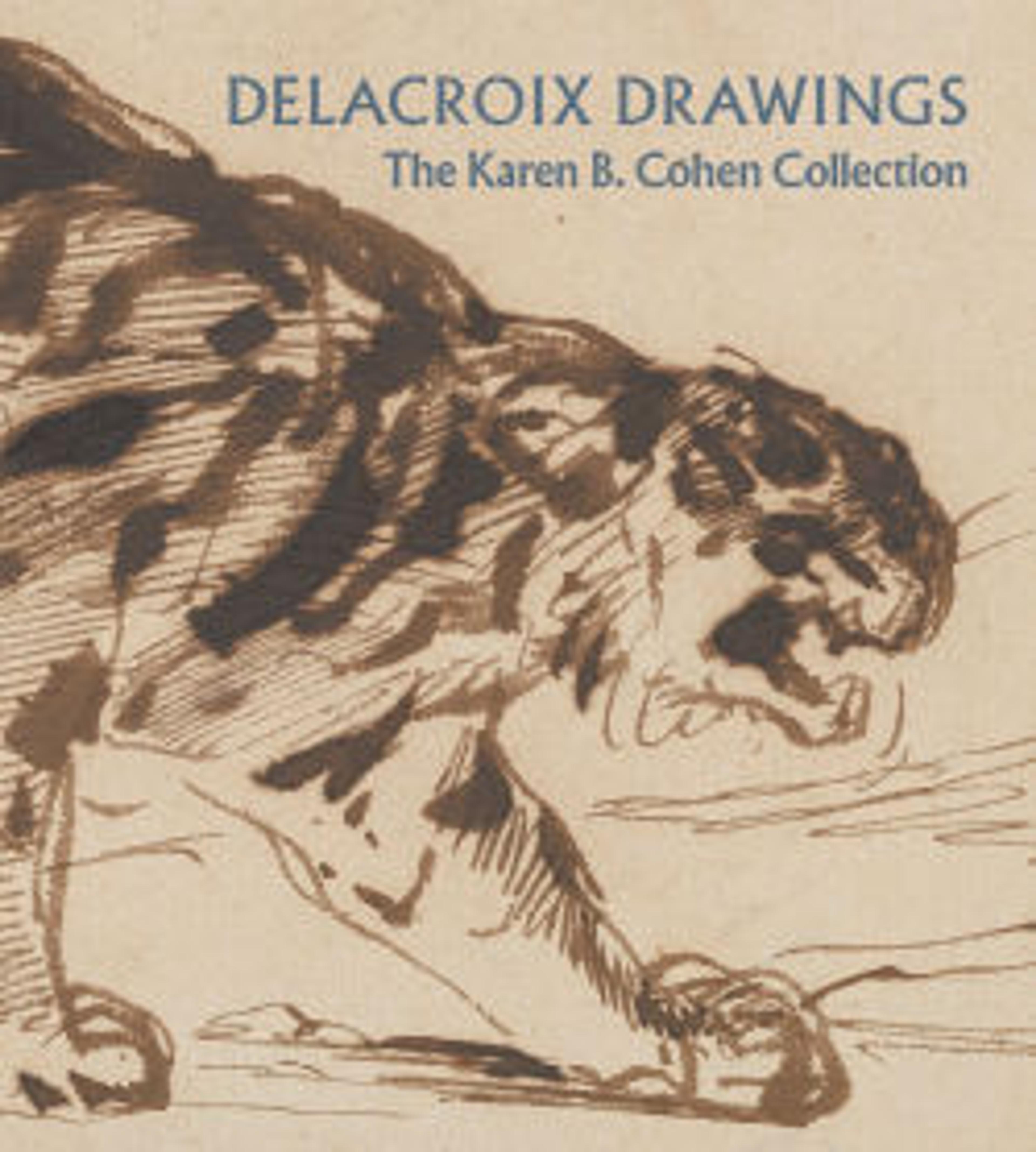Hamlet and Laertes at the Tomb of Ophelia
This composition was one of the three omitted from the 1843 publication of "Hamlet." (Though it was eventually included in a posthumous edition of the book published in 1864.) Perhaps Delacroix decided the preceding lithograph of the gravediggers was sufficient to represent act 5, scene 1. In reference to this work, Alfred Robaut, one of the first scholars of Delacroix’s drawings, wrote in 1885: "Delacroix enjoyed tracing his compositions several times, and the more he advanced, the more he simplified, endeavoring to render in ten strokes of the pencil what he had first expressed in one hundred." Tracing thus enabled the artist to hone his composition, so that when it came time to draw the design on the lithographic stone, his task was clear and defined.
Artwork Details
- Title: Hamlet and Laertes at the Tomb of Ophelia
- Artist: Eugène Delacroix (French, Charenton-Saint-Maurice 1798–1863 Paris)
- Subject: William Shakespeare (British, Stratford-upon-Avon 1564–1616 Stratford-upon-Avon)
- Date: ca. 1843
- Medium: Graphite on tracing paper, laid down
- Dimensions: sheet: 9 3/16 x 12 1/16 in. (23.3 x 30.6 cm)
- Classification: Drawings
- Credit Line: Gift from the Karen B. Cohen Collection of Eugène Delacroix, in honor of Philippe de Montebello, 2013
- Object Number: 2013.1135.36
- Curatorial Department: Drawings and Prints
More Artwork
Research Resources
The Met provides unparalleled resources for research and welcomes an international community of students and scholars. The Met's Open Access API is where creators and researchers can connect to the The Met collection. Open Access data and public domain images are available for unrestricted commercial and noncommercial use without permission or fee.
To request images under copyright and other restrictions, please use this Image Request form.
Feedback
We continue to research and examine historical and cultural context for objects in The Met collection. If you have comments or questions about this object record, please complete and submit this form. The Museum looks forward to receiving your comments.
